German engineering is admittedly often amazing to behold. But there are also times that German “over-engineering” will make you scratch your head in disbelief. During World War II, German engineering produced many remarkable weapons systems, including a flare gun turned grenade-launcher known as the Kampfpistole, and later, the Sturmpistole.
As Germany ground steadily towards a second world war, the engineers at Walther decided to take the Wehrmacht’s standard flare gun, the Leuchtpistole 34, a step further. The Leuchtpistole 34 was a break-action, single-shot launcher used with signal flares, smoke rounds and parachute-flare illumination rounds.
The next step for the flare gun was to turn the Leuchtpistole into the Kampfpistole — and this meant the pistol’s machined and blued steel barrel was to be rifled, allowing a nose-fused explosive grenade (the Sprengpatrone) to be used. The Sprengpatrone had a sweet spot range of about 50 to 150 yards. Anything more than 150 yards was unlikely to hit the target, and at anything less than 50 yards the grenade fragments were likely to be as dangerous to the shooter as they were to the enemy.
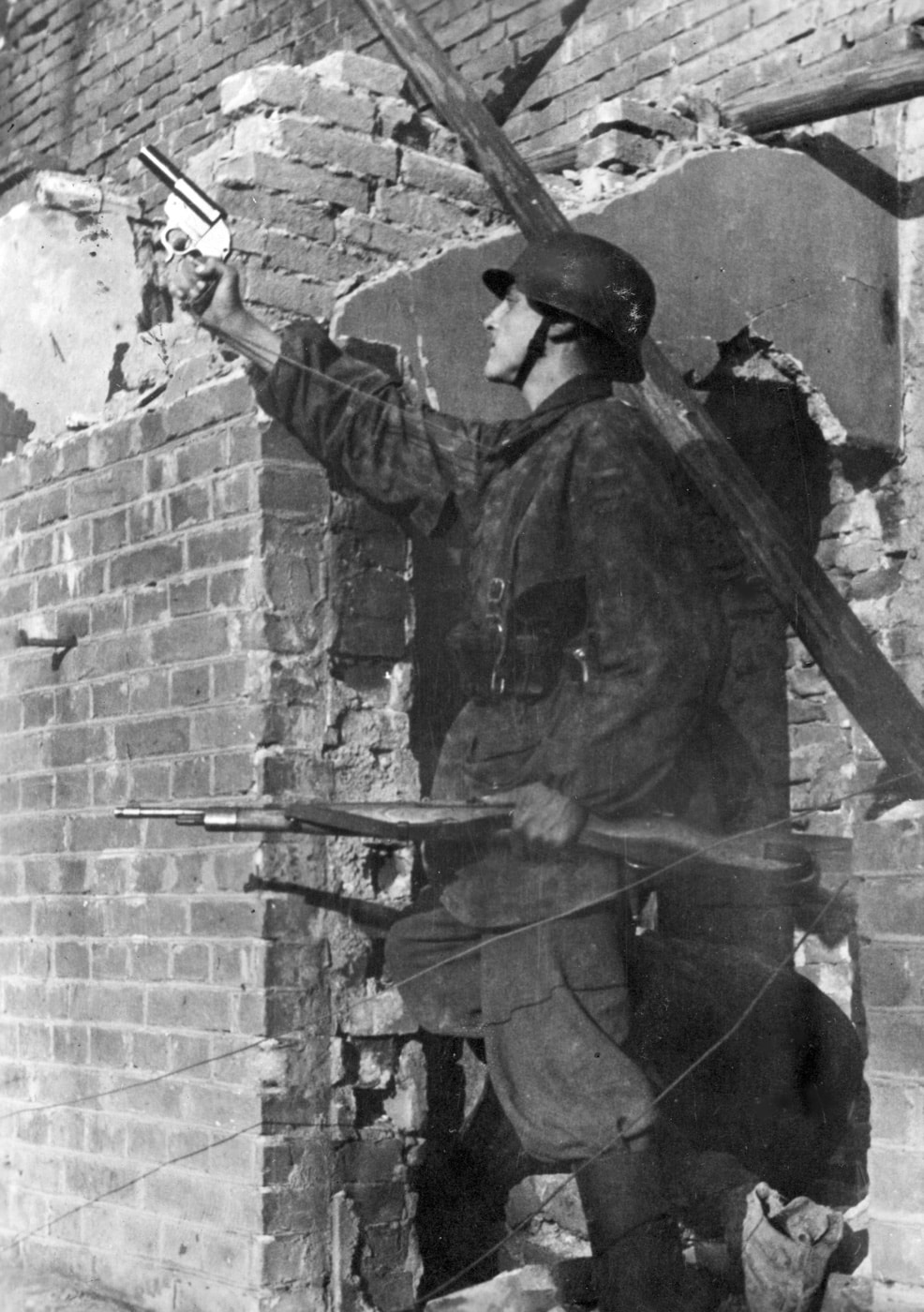
As the Germans advanced into Eastern Europe in 1941 and became locked in mortal combat with the Soviet Red Army, Wehrmacht troops were soon acutely aware of the inadequacy of their infantry anti-tank weapons against the Russian T-34 and other tanks of the Soviet Union. With the situation urgent, multiple ideas for man-portable anti-tank weapons came into play. One of these was yet another step for the Walther flare/grenade-launcher pistol — the Sturmpistole (assault pistol).
The Sturmpistole represented another step in the evolution of the German infantry’s flare pistol. In this case, the pistol featured a folding butt stock for stability and clip-on sights to enhance accuracy.
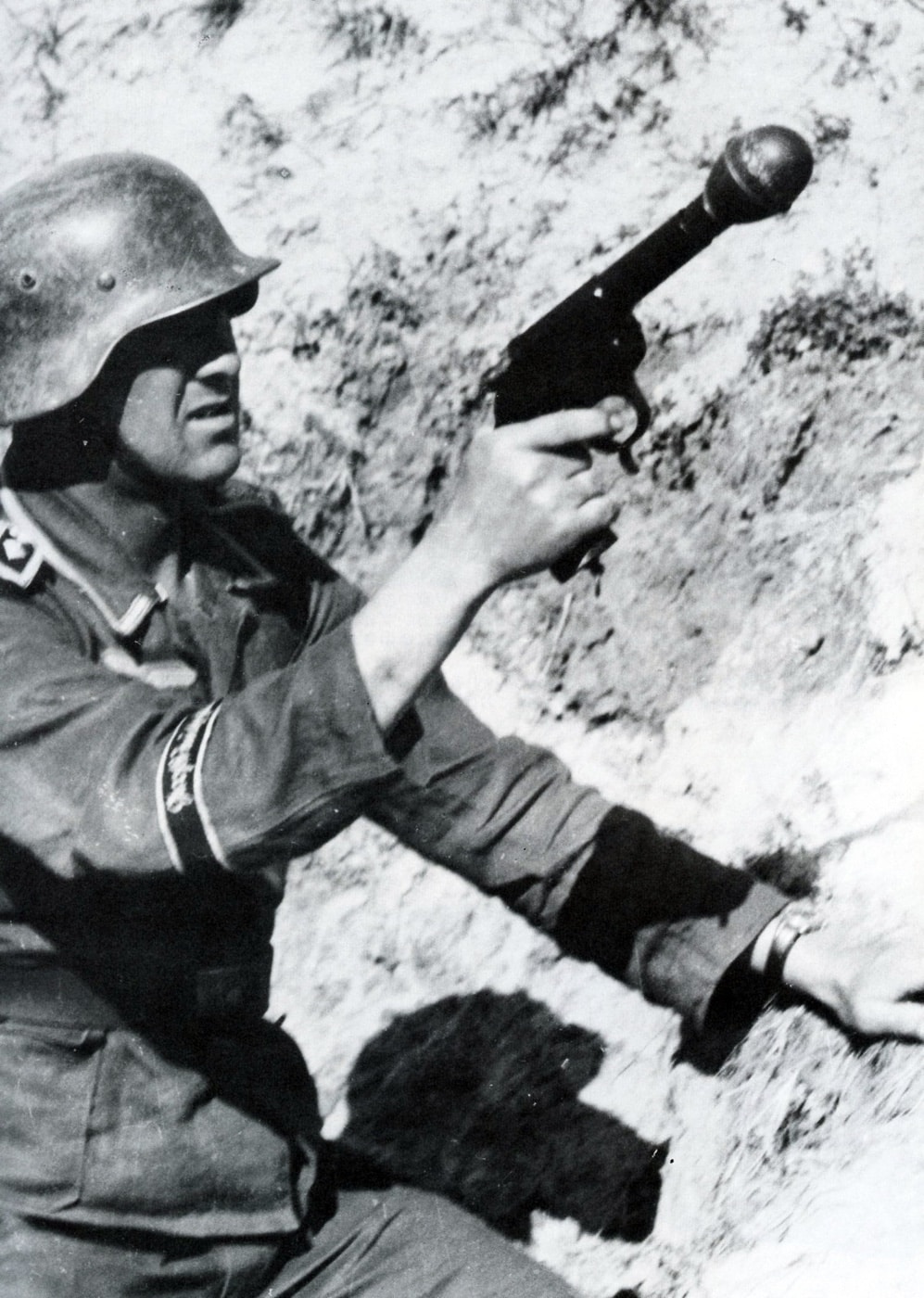
On paper it all looks good — the Sturmpistole’s weight is only 5.5 lbs. and its length (with the butt folded) is just 12”. However, its capability as an anti-tank weapon left much to be desired. The Panzerwurfkorper 42 HEAT grenade (high explosive anti-tank) it employed wobbled out to about 70 yards and could, theoretically, penetrate up to 80mm of armor plate. Soviet estimates claim it could blast through just 50mm of armor. Regardless, the Sturmpistole would need to fire from very close range, and then only at the side or rear armor of an enemy tank.
The Tiny Anti-Tank Grenade
The Panzerwurfkörper 42 AT grenade could be fired from Leuchtpistole (model 34 or 42), the Kampfpistole or the Sturmpistole. The grenade was made up of several components, including the nose cap, a steel body and stem, a rifled driving band and a 2.1-ounce warhead with a graze fuse.
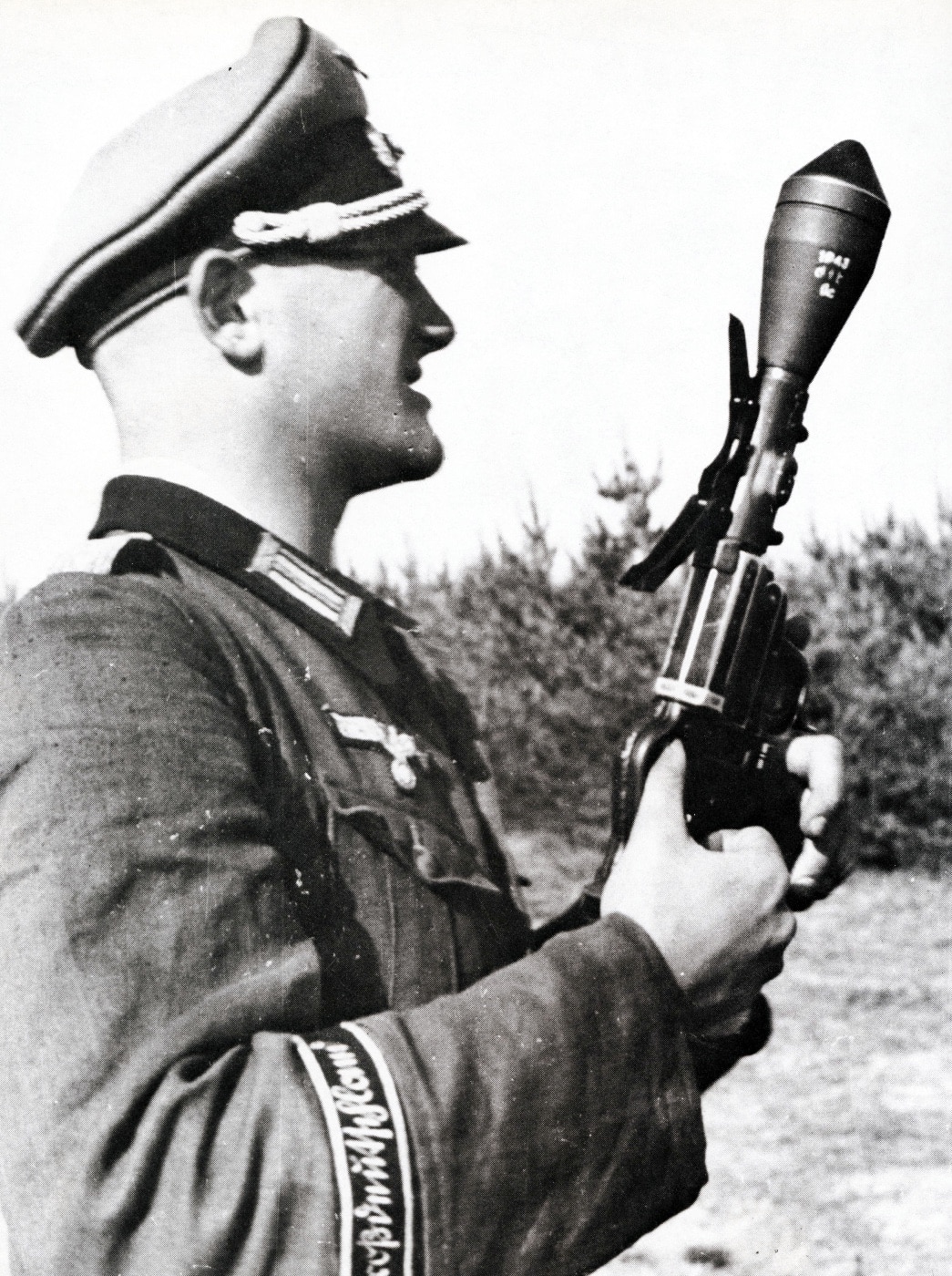
To fire this grenade, the user opened the break-action pistol and inserted the propellant charge into the breech. Then the oversized grenade and its “stem” were loaded into the muzzle and a driving band was screwed into the rifled shell casing. The break action was then closed and the hammer cocked when ready to fire.
Against lightly armored vehicles, the Panzerwurfkörper 42 could have a decent chance of penetration if it struck a vertical surface. However, many Soviet tanks had particularly thick armor that was also well-sloped.
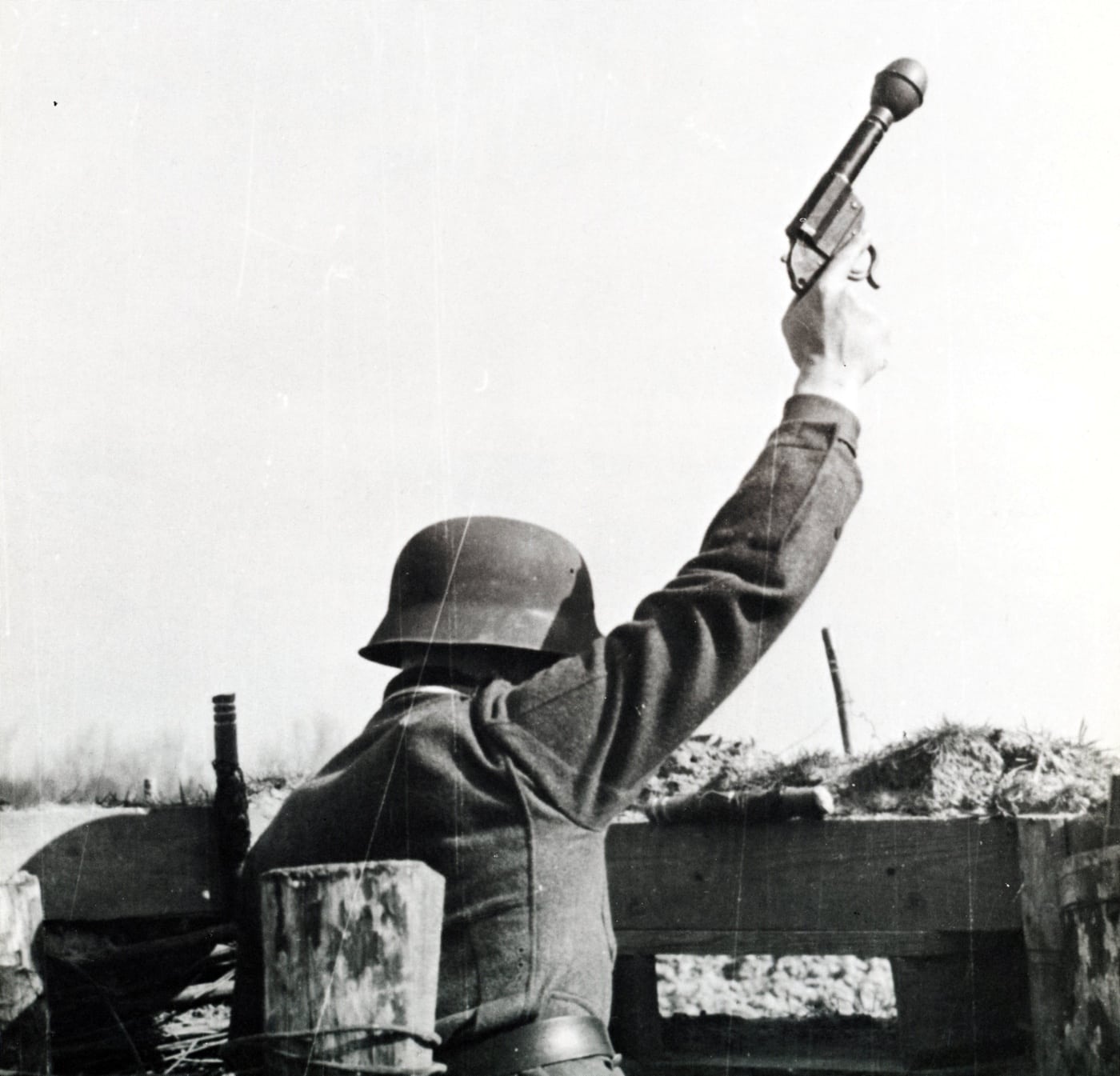
Based on the small size and the short range of the Panzerwurfkörper 42, the Sturmpistole was an anti-tank weapon of last resort. By the time the Sturmpistole was ready for action, the Germans had already changed their focus to much more effective (and less expensive) systems like the disposable Panzerfaust and the 88mm rocket-launcher Panzerscreck.
Launching the “Egg Grenade”
To give German infantry a simple grenade launcher, the Leuchtpistole-Kampfpistole-Sturmpistole was provided with the Wurfkörper 361, a version of the Eierhandgranate 39 (egg grenade).
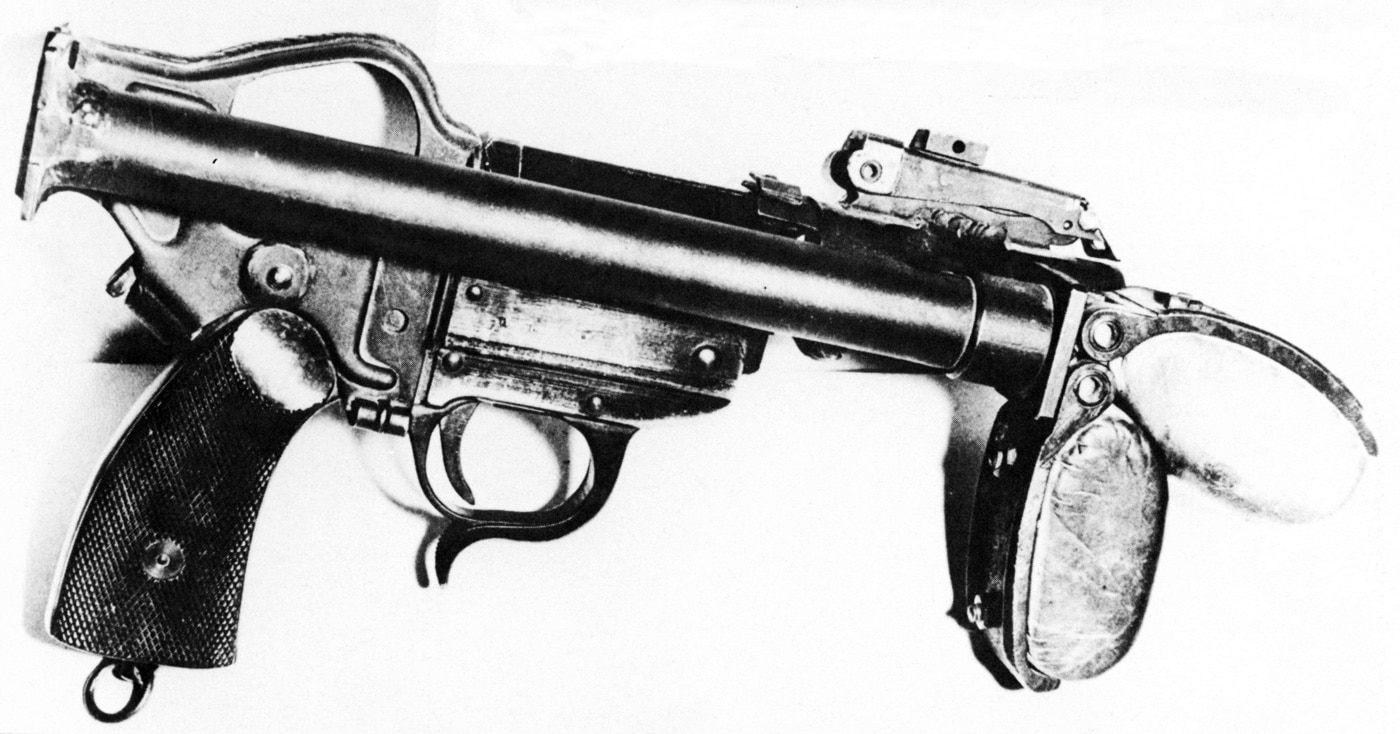
A wood or Bakelite stem was screwed onto the small Eierhandgranate 39, which was muzzle-loaded into the pistol and fired by a brass shell containing a propellant charge. The grenade was then fired like a tiny mortar round, normally intended to burst in the air over the target and shower it with fragments.
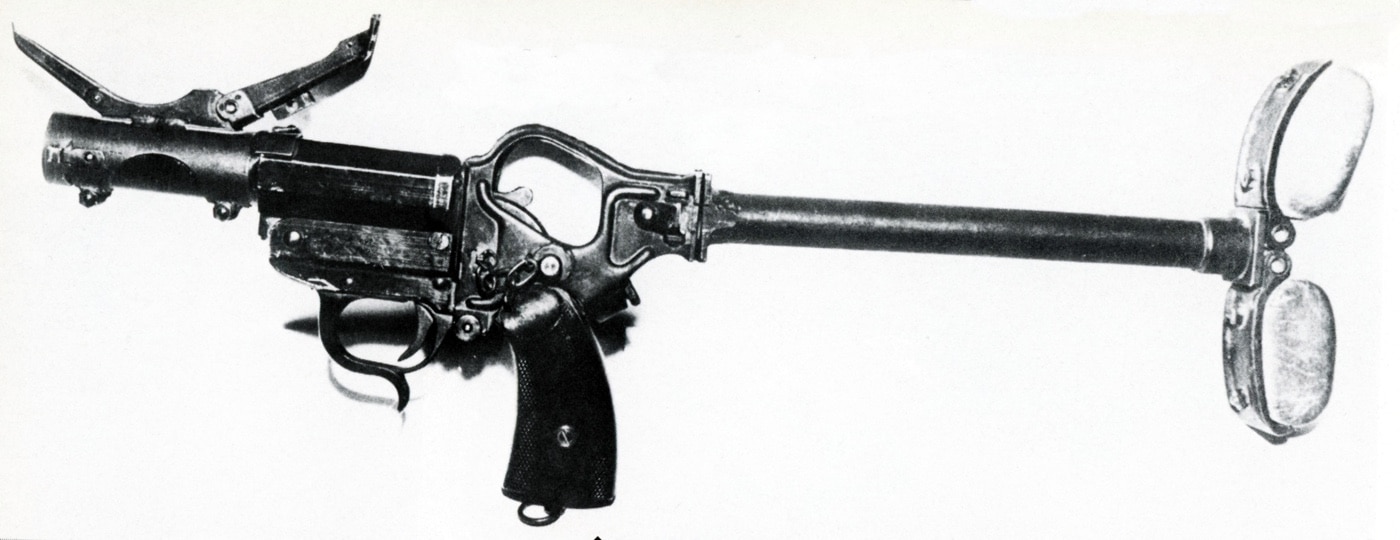
With a 4.5-second fuse, use of the Wurfkörper 361 was a bit tricky — the maximum effective range was about 85 yards, but for safety against the fragments the operator dared not use the grenade at less than 50 yards. Ultimately, the Wurfkörper 361 was only useful in extremely limited tactical conditions, and the system became a rarity on the battlefield.
The Kampfpistole and Mauser Rifle
Soviet Army reports describe a signal launcher created by using a cut-down Mauser 98k rifle stock coupled with a Sturmpistole barrel in a break-action configuration.
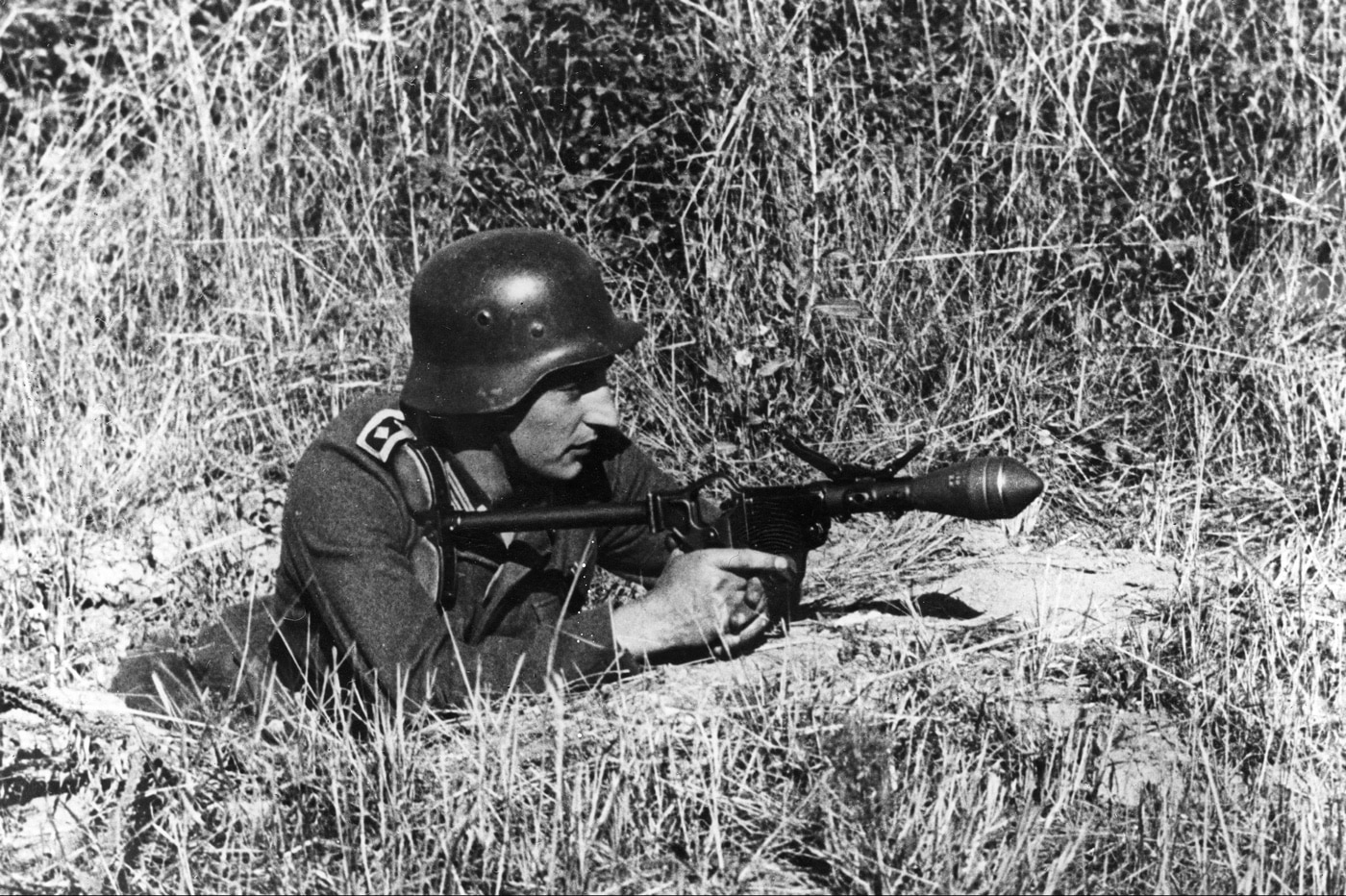
The normal 7.92mm barrel and action were removed and the Sturmpistole was mounted at the extreme front of the half-stock rifle. All the same flares and grenades are said to have been used in this configuration.
Apparently, this was a field modification to approximate the folding-stock Sturmpistole. Unfortunately, I could locate no photos of this unique grenade launcher.
American Intelligence Reports on the Sturmpistole
American troops found the Leuchtpistole and its Kampfpistole/Sturmpistole variants to be a bit of a curiosity. Examples were captured in Italy and France, and U.S. Technical Intelligence examined them with great interest.
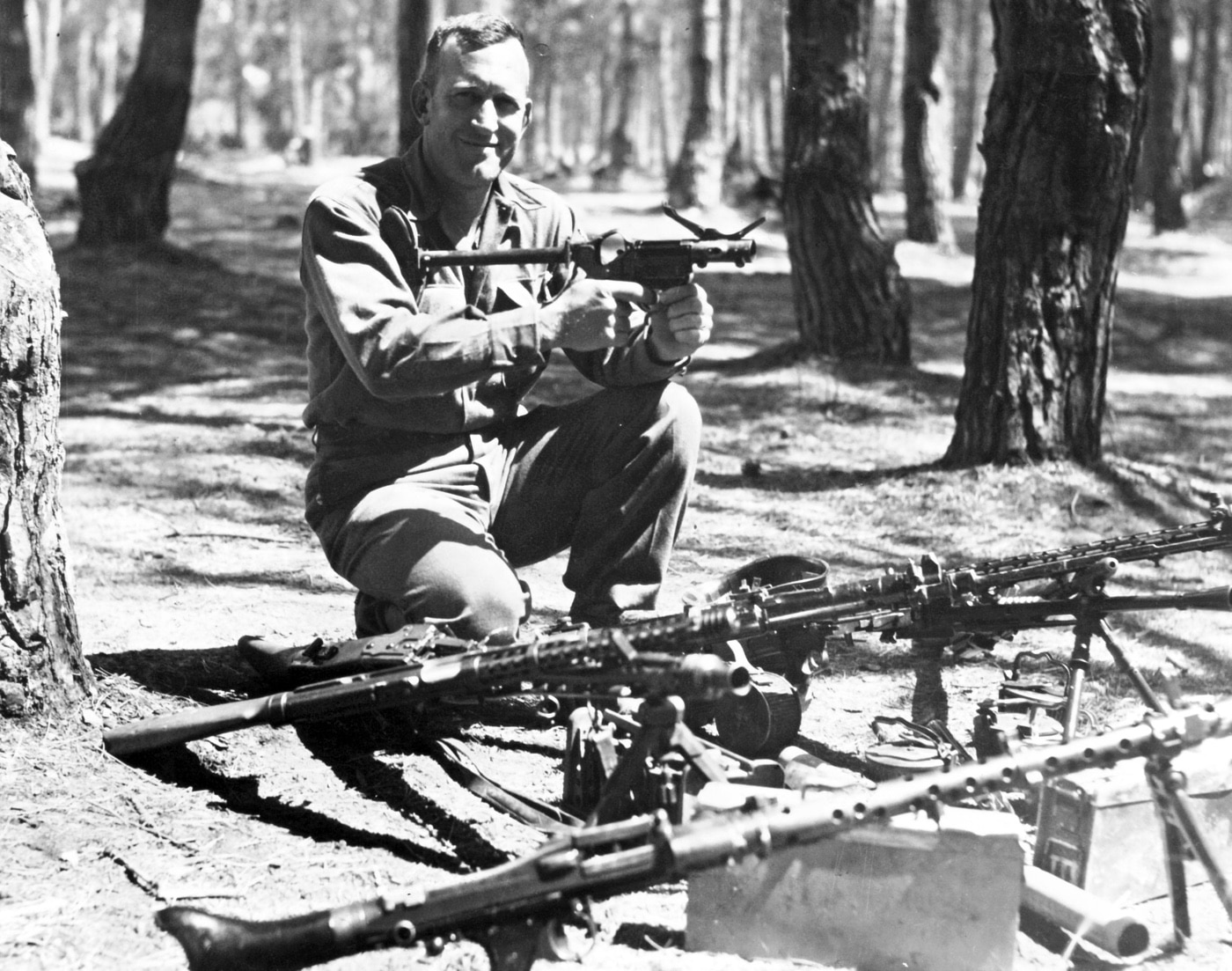
The following report appeared in the March 1943 edition of “Tactical and Technical Trends”.
Tactical and Technical Trends — March 25, 1943
The Kampfpistole itself is the normal, light-metal signal pistol, slightly bored out and rifled, and has a caliber of 27mm. The only projectile so far identified is an HE grenade with a direct-action fuse operating on impact. The accurate range is very short, and the maximum range is not more than about 100 to 150 yards. There is little effective fragmentation, and the effect is only to project an offensive -type grenade a little further than it could be thrown by hand.

The Walther 27mm “Leuchtpistole” was a smooth-bore weapon used to fire 40 different signal cartridges and two types of grenades. One of the grenades was similar to a signal cartridge and was loaded into the breach. This tiny HE grenade weighed just 140 grams, and used a nose fuse.
The Wurfkorper 361 however, was inserted into the barrel using a special smooth-bore liner. The grenade was created by attaching Eierhandgranate 39 to a plastic tube. This had a range of 75 meters and used a 4.5 second delay. The “Egg Grenade” used 4 ounces of “Donarit” explosive — not a very big bang.
I found these Technical Intelligence reports providing details on the use of a Kampfpistole as a grenade launcher, as well as the rare double-barrel signal pistol:
U.S. ETO Technical Intelligence Report — November 1944
The original standard grenade igniter is removed from a German Egg or similar hand grenade and the plastic cap from the forward end of the launcher; the units are then screwed tightly together. The entire assembly is placed in a 27mm Very pistol and secured by the spring locking ring on the launcher. When fired, the outer cap remains in the pistol and the remaining adapter with the grenade attached is shot forward by the propelling charge. On impact the striker overcomes the tension in the creep spring and fires the cap, which flashes through the hollow wooden cylinder to the detonator and initiates the grenade.
27mm Double Barrel Signal Pistol — ETO Technical Intelligence Report — December 1944
The weapon is unique in that the basic parts such as the trigger, trigger-guard, lever release, hammer assembly and switch lever, as well as all pins, are made of steel, while the remainder of the parts, except for the wooden forestock and hand grips, is made of aluminum alloy. The firing mechanism is of the continuous pull type incorporating concealed hammers. A switch lever is located on the top rear of the pistol frame to control the firing mechanism. By use of this lever, either one of the two barrels, or both, can be fired by action of the trigger. Turning it to the right allows only the right barrel to be fired. With the lever in the center position, both barrels fire simultaneously. Breaking of the piece is accomplished by pushing forward the release lever, which is located just forward of the trigger guard. Indicator pins located in the breech plate show whether the respective barrels are loaded. A safety lever is located on the left side of the receiver. The words “Feuer” and “Sicher” indicate the two positions of fire and safe.
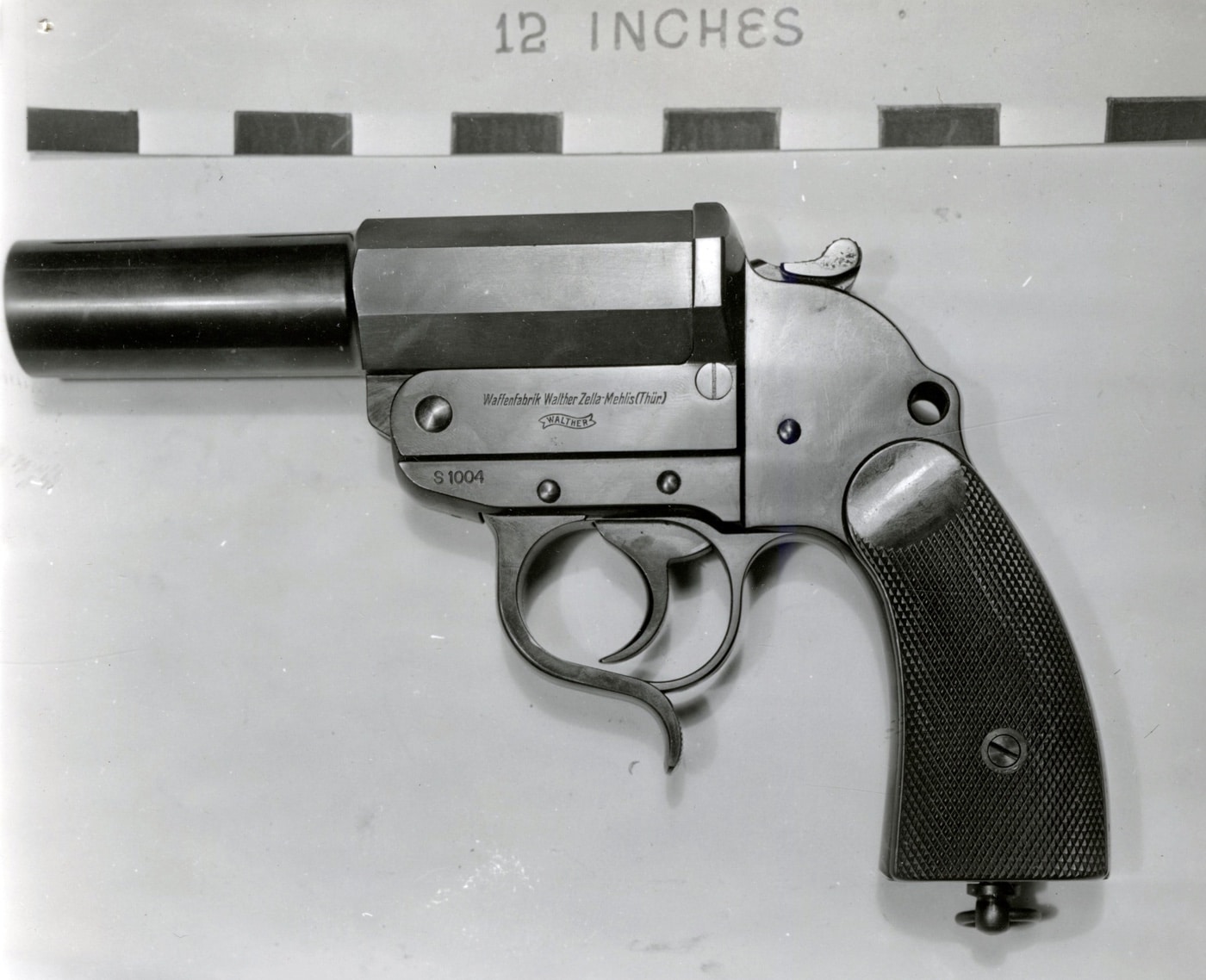
The final report I found came from the immediate postwar period, as U.S. troops found a large number of the “Sturmpistole” stranded in boxcars in a bombed-out freight yard in Oberstein, Germany.
Ordnance Intel report on the Kampfpistole — July 1945
Folding Stock and Removable Sight
The folding stock and removable sight for the Kampfpistol were being manufactured by Loch & Hartenberger, Oberstein, Germany, which also produced magazines for the MP 38/40 and MP 44. Loch & Hartenberger advise that they received a contract for the manufacture of the stocks and sights about two years ago, but were never able to deliver any of the finished products to the German Army. The first shipment having been delivered to the railroad on 15 March 1945, and is still in the freight yard at Oberstein. This firm was not engaged in the manufacture of the liner which is required to fire grenades from the signal pistol. Four specimens of the folding stock and removable sight are being evacuated to the Communication Zone.

Folding stock: The stock consists of a padded shoulder rest, attached by two screws to a metal butt plate. A 9½” long pipe is welded to the metal butt plate and a receiver, shaped to fit the signal pistol, is hinged to the front of the pipe. The pistol is retained in the receiver by the three screws, one at the top, one in the center and one at the rear.
Sight: The sight consists of a rear sight with two V-type apertures and a post-type front sight. Rear and front sights are spring-hinged to a sight carrier which is welded to the top of a cylindrical metal stamping which fits around the barrel of the signal pistol and is tightened in place by two screws on the bottom. The sight carrier is so constructed that, when not in use, the front sight may be folded down into a recess and the rear sight folded down on top of the front sight and held in place by a spring plunger. There is a spring attachment on the right hand side of the sight and it is believed that this is to receive a bubble sight.
Conclusion
As was the case with many German technical innovations during World War II, the Sturmpistole represented a radically innovative — but ultimately ineffective — solution to a significant battlefield conundrum. Despite its ultimate lack of effectiveness, it does make for a fascinating study in idiosyncratic engineering.
Editor’s Note: Please be sure to check out The Armory Life Forum, where you can comment about our daily articles, as well as just talk guns and gear. Click the “Go To Forum Thread” link below to jump in and discuss this article and much more!
Join the Discussion
Read the full article here

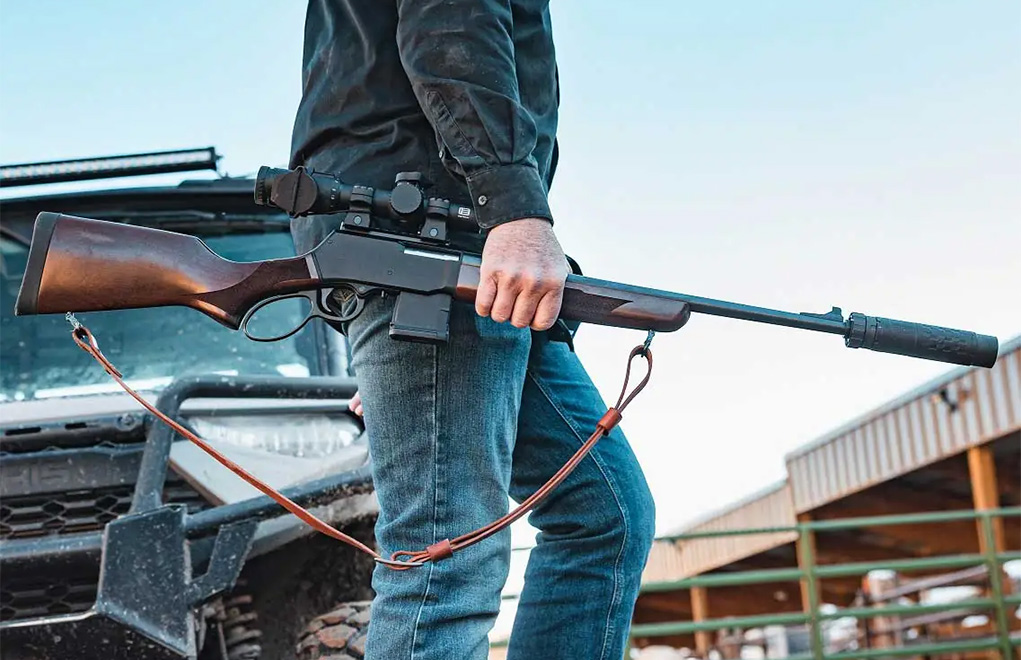



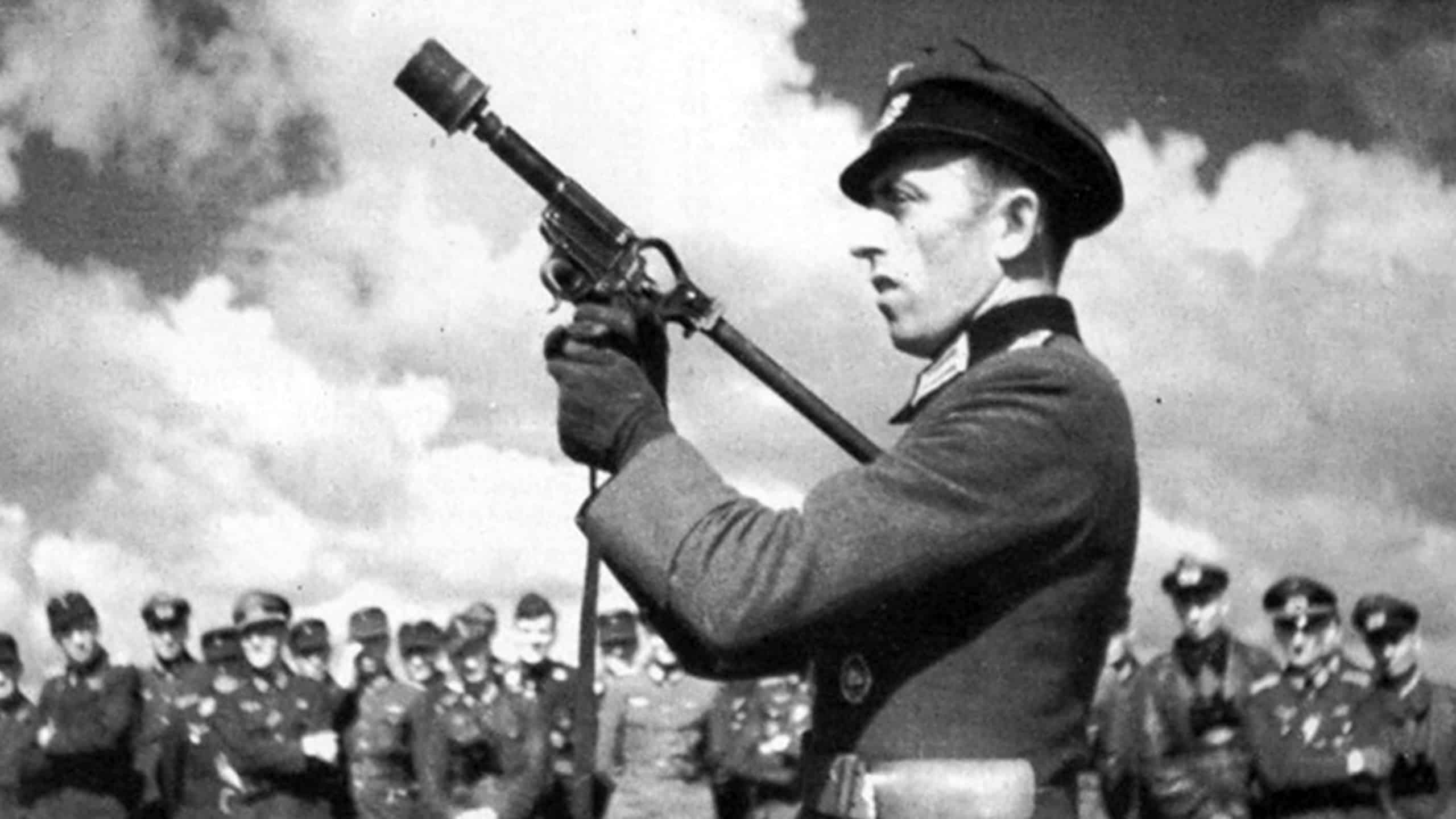
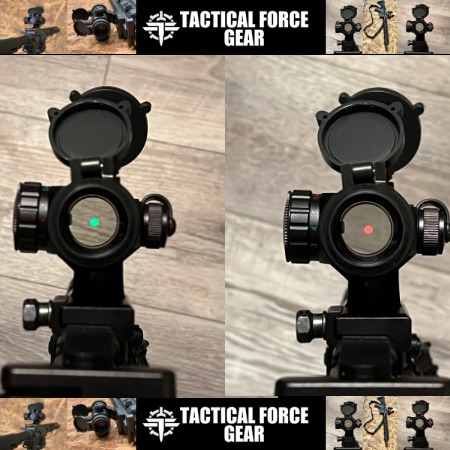


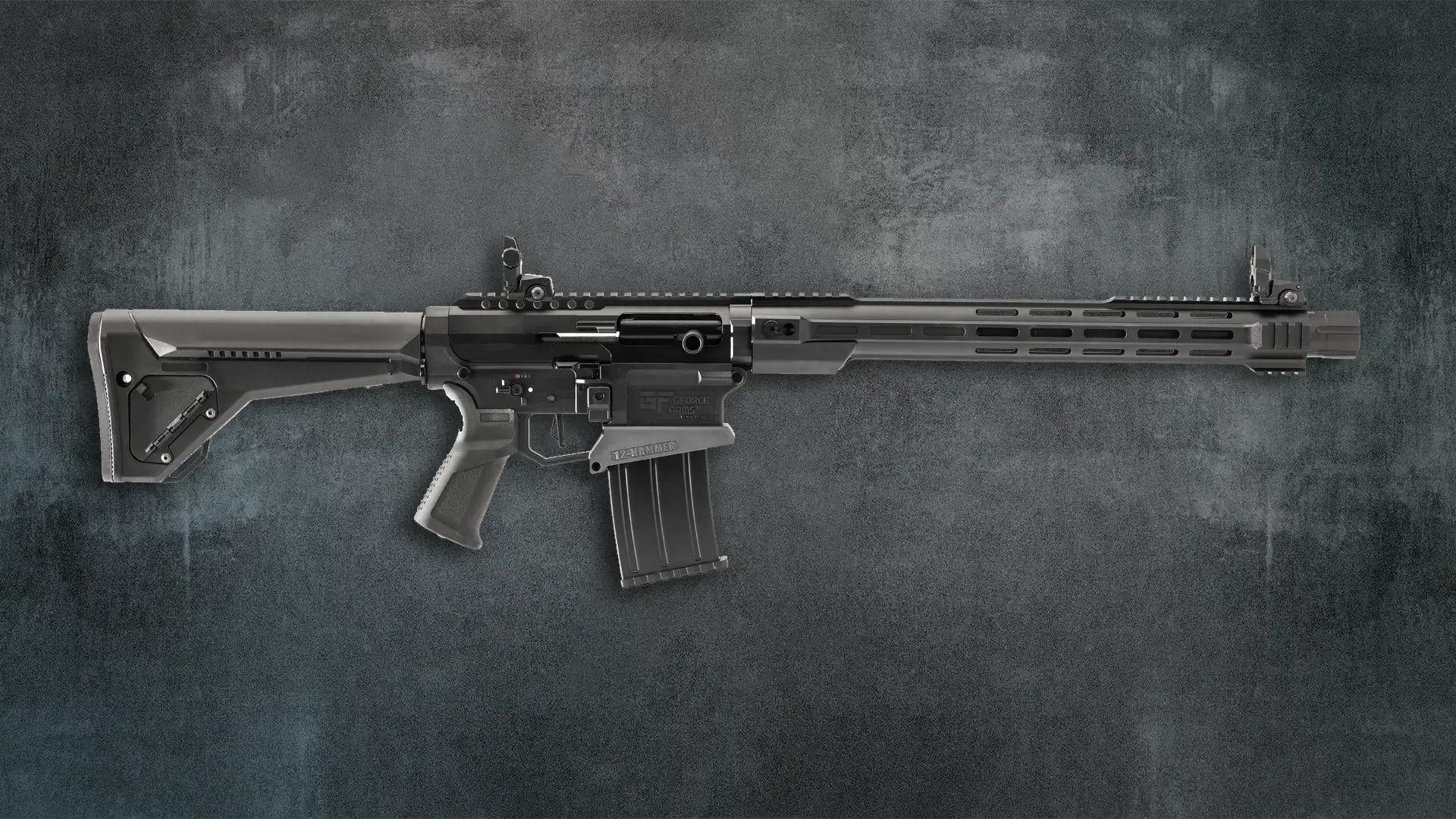
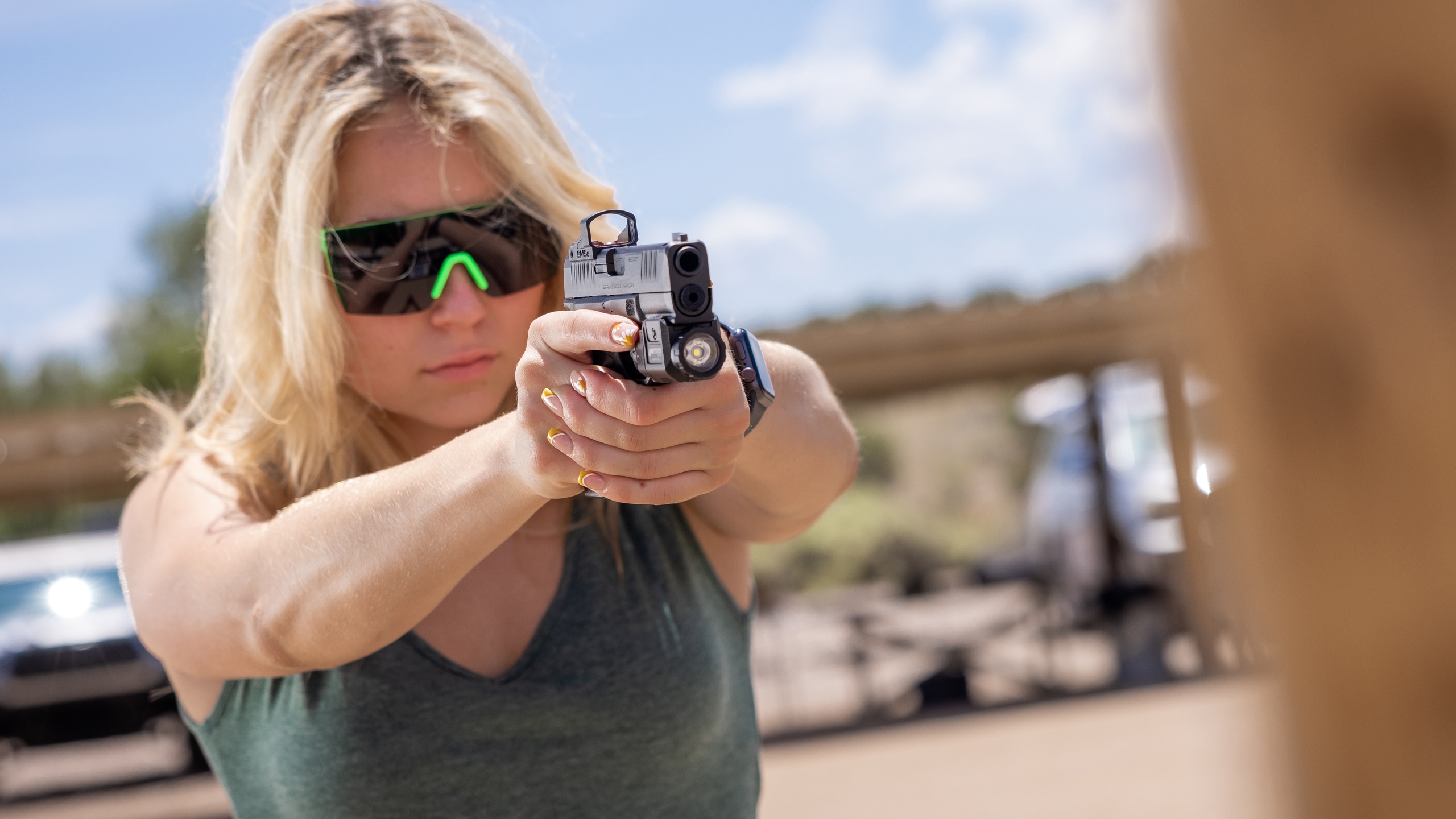

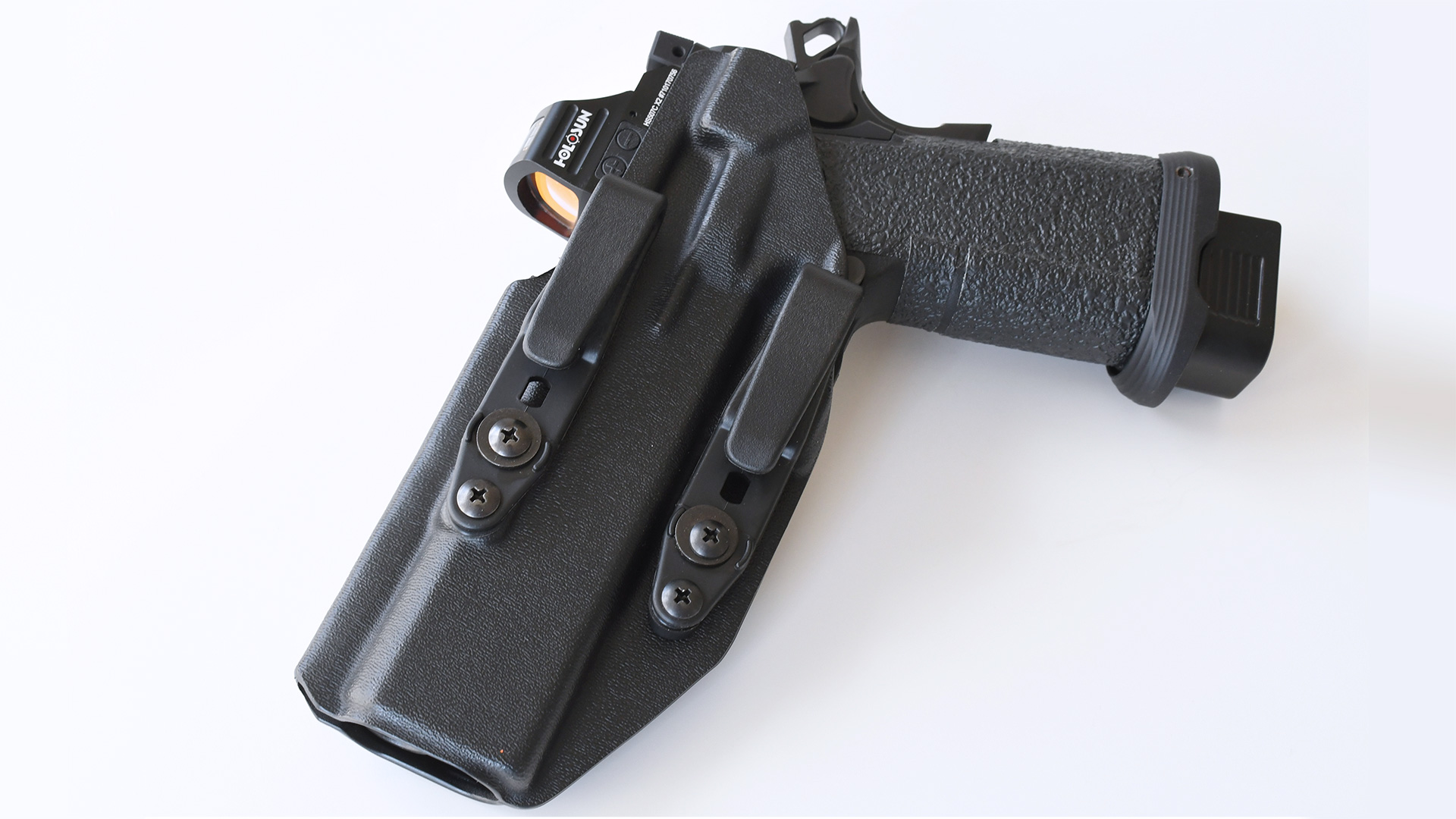
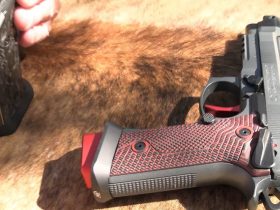




Leave a Reply